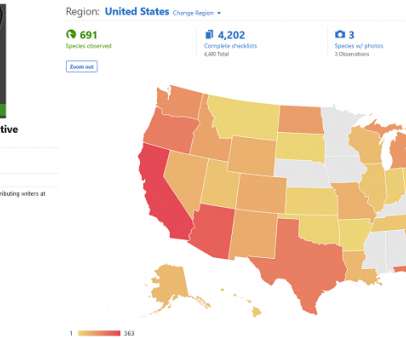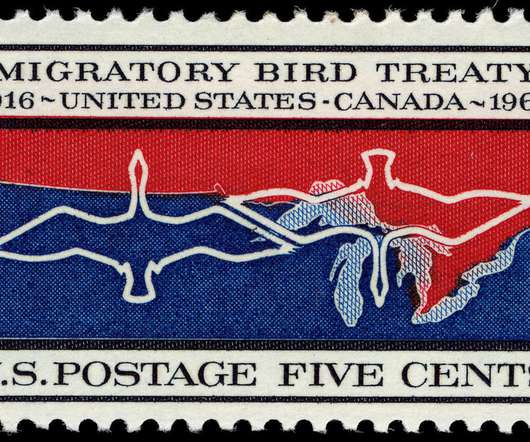The Economic Impact of Birding on National Wildlife Refuges: Creating Local Jobs
10,000 Birds
AUGUST 13, 2019
Fish and Wildlife Service (FWS) attempts to calculate the economic contribution of National Wildlife Refuge visitation to local communities. Rather, birding and other wildlife observation ( e.g., photography) are lumped together as “non-consumptive” uses of a refuge. Every few years, the U.S. billion for local communities.











Let's personalize your content